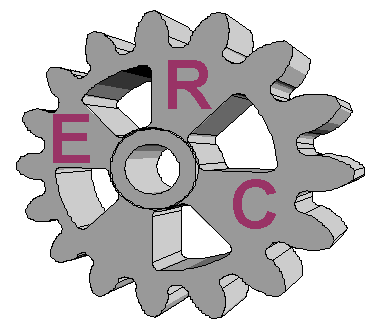

What is finite-element analysis (FEA)?
Finite Element Analysis is an approximate numerical method for analyzing load-carrying structures, heat and mass transfer systems, media handing systems, etc. In most cases, the problem is not a simple system that can be solved by closed-form solutions. The complex system is discretized into a finite number of simple and small parts (elements) and each part is analyzed and solved. In FEA, we approximate the complicated solution for a system by a model that consists of piece-wise, continuous simple solutions. This method is equivalent to approximating a complex curve in geometry by a finite number of line segments.
This part is breaking. Does making it thicker make it stronger?
Not necessarily. It depends on the actual boundary conditions. For example, if a part is forced through a given displacement, making it thicker will require more force to go through the same deflection. This could easily mean that a larger stress will develop and cause the part to fail even sooner.
Is it possible to mold metal parts into a plastic part?
In general, yes, but you have to be careful. Thermal expansion coefficients of the two material must be matched as closely as possible. A stress analysis will be helpful to determine if such an operation is possible. Residual stresses from the molding process and from the cooling process are added to the stress generated by the application. All must be accounted for to determine if insert molding is possible.
Why is it necessary to get a stress train curve for plastic parts?
For most plastics, the actual modulus of elasticity depends on the geometry of the part. Material data on a material spec sheet is based on controlled tests with a well defined specimen. The more the actual conditions deviate form the test, the less accurate the specs are. This is particularly true of glass filled materials. Testing is the only way to get accurate properties.
When looking at the animation of modal analysis results, How much is the displacement?
The displacement amount is meaningless, only the mode shape and frequency can be learned from the analysis
The same model can be used for other types of analysis. You choose different options when you call it up, then re-run the analysis.
What type of problems require Non-linear analysis?
The following type of problems require non-linear analysis:
 ERC Home
ERC Home